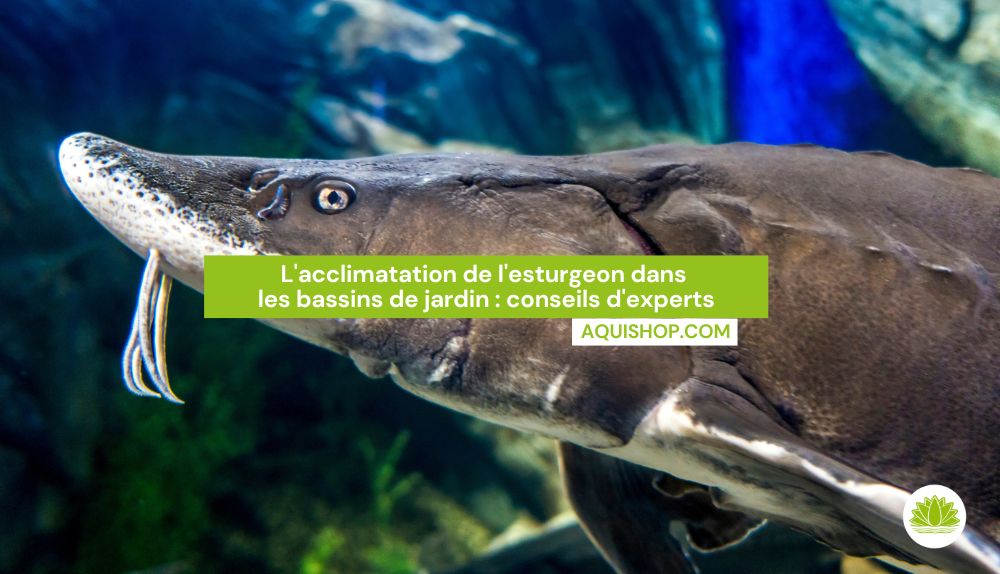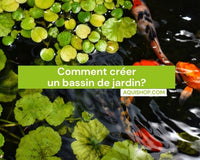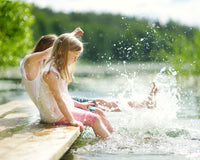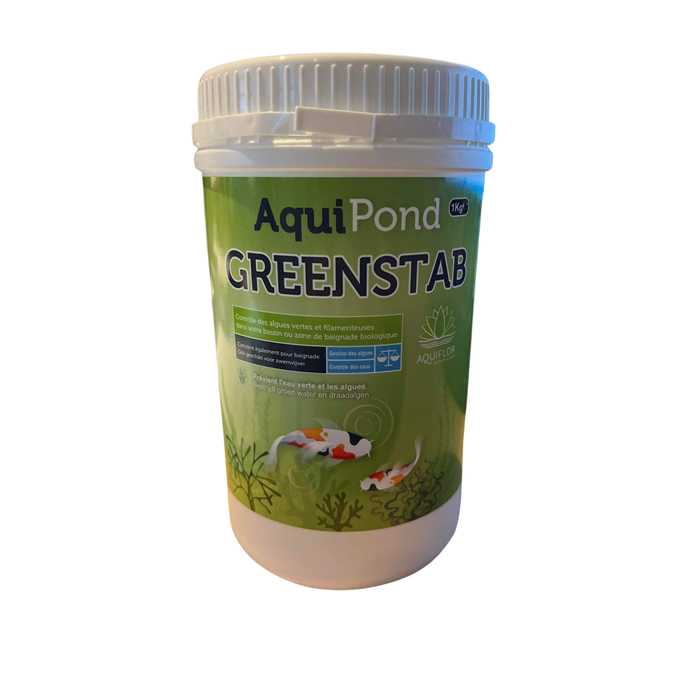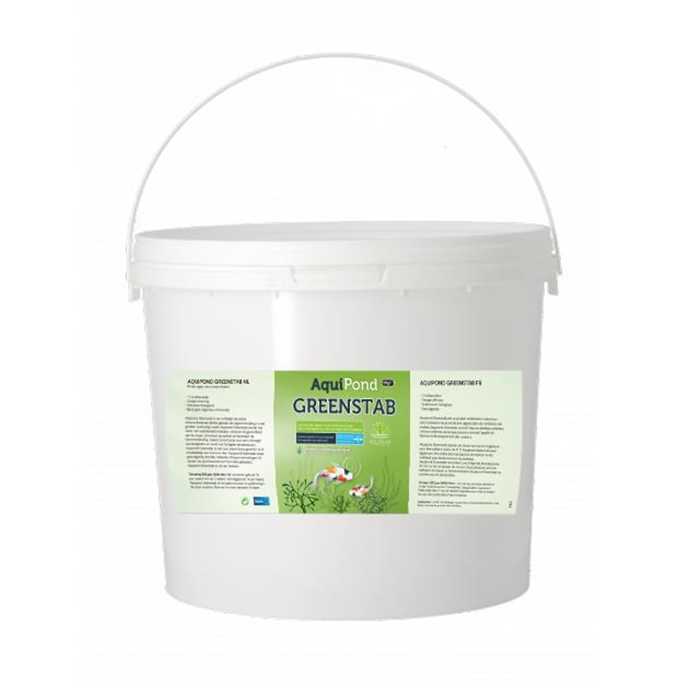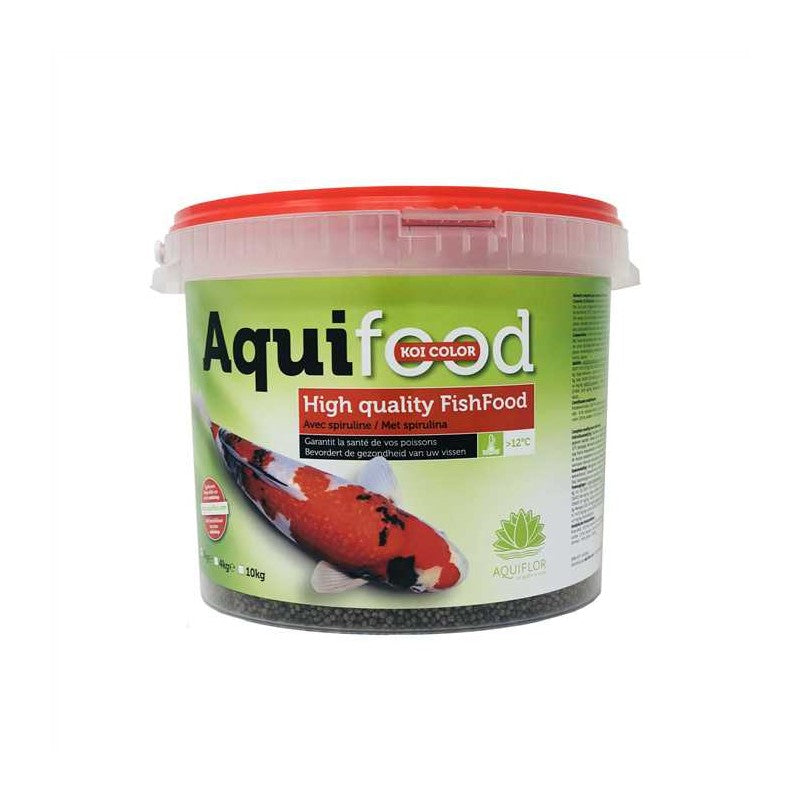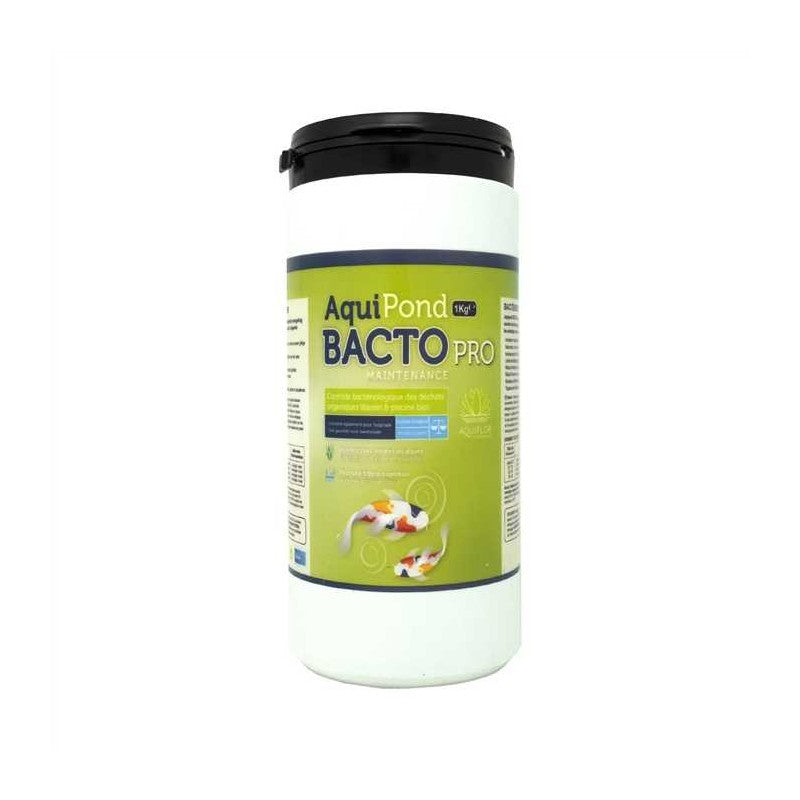The sturgeon is undoubtedly one of the most impressive fish that can be welcomed into a garden pond. With its majestic appearance, its prehistoric origins and its robustness, it arouses fascination and respect among pond enthusiasts.

However, the introduction and acclimatization of this aquatic giant requires in-depth knowledge to ensure its long-term well-being. Only pond experts, familiar with the specificities of this fish and the requirements of its environment, can truly provide appropriate advice to successfully integrate it.
In this article, we will guide you, step by step, on how to acclimatize a sturgeon in a pond, sharing the expertise accumulated in this field.
Why choose sturgeon?
Before diving into the details of its acclimatization, it is important to understand why sturgeon is a unique choice for a pond. First, it is important to note that this fish is not a simple ornament. Its presence brings a certain prestige to a pond, due to its impressive size and its distinctive appearance. The sturgeon belongs to a species that dates back millions of years, hence its appearance often described as "prehistoric". This fish, closer to creatures from another time than to classic aquatic fauna, exudes a quiet power and an undeniable grace.
However, integrating a sturgeon into a pond requires more than just admiring its appearance. This fish can reach impressive lengths, with some species reaching almost 2 metres, and requires a suitable environment, in terms of water volume and quality.
The ideal conditions for acclimatizing a sturgeon
Water volume: a crucial factor
One of the first questions to ask yourself before introducing a sturgeon into a pond is: Is my pond big enough? Indeed, sturgeons are fish that require a significant volume of water to live and develop peacefully. The minimum volume recommended to accommodate a small sturgeon is around 5,000 liters . However, for an adult sturgeon, a pond of 10,000 to 15,000 liters is ideal. Below these volumes, the fish could quickly feel cramped, with a direct impact on its well-being and growth.
Depth and oxygenation
Sturgeons are fish that prefer deep and cool waters. Therefore, a pond must have a minimum depth of 1.5 meters to provide the sturgeon with a space where the water remains cooler during the summer periods. This depth also helps maintain a stable temperature, avoiding heat peaks that could stress the fish.
In addition, it is essential to ensure good oxygenation of the water. Sturgeons, in particular, are fish that require a large amount of oxygen. An efficient filtration and aeration system is therefore essential to ensure clean and well-oxygenated water.
Water temperature: a key point for acclimatization
The ideal time to introduce a sturgeon into a pond is usually in the spring or fall, when the water temperature is between 10°C and 18°C . These temperatures allow for gentle acclimatization. If the water is too cold, the sturgeon may become lethargic and have difficulty feeding properly. On the other hand, if the temperature exceeds 20°C , the water may contain less oxygen, which can cause stress for the sturgeon.
In case of high heat during the summer, it is advisable to monitor the water temperature and use cooling or shading systems to avoid overheating.
Steps for successful acclimatization
1. Preparation of the basin
Before introducing sturgeon, it is crucial to ensure that the pond is ready for them. This involves checking that the filtration system is in place and working effectively, that there is sufficient aeration, and that the pond has a clear swimming area. Unlike other fish, sturgeons need plenty of space to move around freely due to their elongated body shape.
2. Gradual acclimatization
As with any new fish introduced into a pond, acclimatization of the sturgeon must be done gently. Once arrived home, it is recommended to place the bag containing the sturgeon in the pond for about 20 to 30 minutes . This allows the fish to gradually adapt to the water temperature.
Next, it is important to acclimatize the sturgeon with water. To do this, you can open the bag and gradually add water from the pond to it, at a rate of 10 to 15% of its volume every 10 minutes . After about 45 minutes to 1 hour , the sturgeon can be released into the pond.
3. Post-acclimatization monitoring
The first few days after acclimatization are crucial. It is important to carefully monitor the sturgeon's behavior. If it is actively swimming and feeding properly, it means that acclimatization has gone well. On the other hand, if you notice signs of stress, such as lethargic behavior or loss of appetite, it is important to intervene quickly by checking the water parameters.
Common mistakes to avoid
Failure to comply with minimum volumes
A common mistake is to introduce a sturgeon into a pond that is too small. Although a young sturgeon may seem fine in a pond of a few thousand litres, it will grow quickly and will need much more space. It is therefore imperative to plan a pond large enough for an adult from the start.
Lack of oxygen
Sturgeons are very sensitive to lack of oxygen. A poorly oxygenated pond can quickly become a stressful environment for them. Investing in a good air pump or waterfall system helps maintain a sufficient level of oxygenation.
Poor water quality
Like all fish, sturgeons are sensitive to water quality. High levels of nitrites or ammonia can be fatal. It is therefore crucial to maintain clean water, with regular changes, while monitoring parameters.
Feeding your sturgeon: an essential aspect
Unlike other pond fish, sturgeon feed mainly on the bottom. It is therefore important to choose specific pellets, which sink directly to the bottom of the pond. Sturgeons have a high protein diet, and it is recommended to feed them with species-appropriate food, available in specialist stores.
Feeding should also take into account the water temperature. Below 10°C , sturgeons generally stop feeding. It is therefore useless to feed them during cold periods.
Conclusion: Successful acclimatization, a question of expertise
Welcoming a sturgeon into your pond is a real commitment. This majestic fish, with its prehistoric history, deserves a suitable environment and attentive care to fully flourish. By following the advice of pond experts, you can offer your sturgeon a habitat that respects its specific needs. Acclimatization is a delicate but essential step to ensure harmonious and lasting cohabitation with this fascinating fish.
At Aquiflor, we put our expertise at your disposal to support you in each step, from the preparation of the pond to the introduction of the sturgeon. Do not hesitate to visit us to benefit from personalized advice and discover our solutions to create an optimal environment for your fish.
With the right tools and knowledge, introducing a sturgeon into a pond can be a rewarding experience for both the aquarist and the fish itself.

